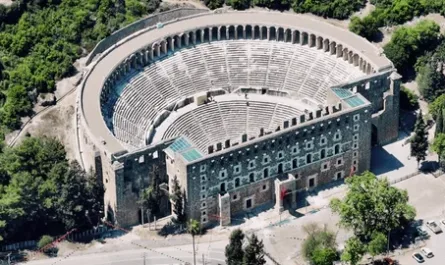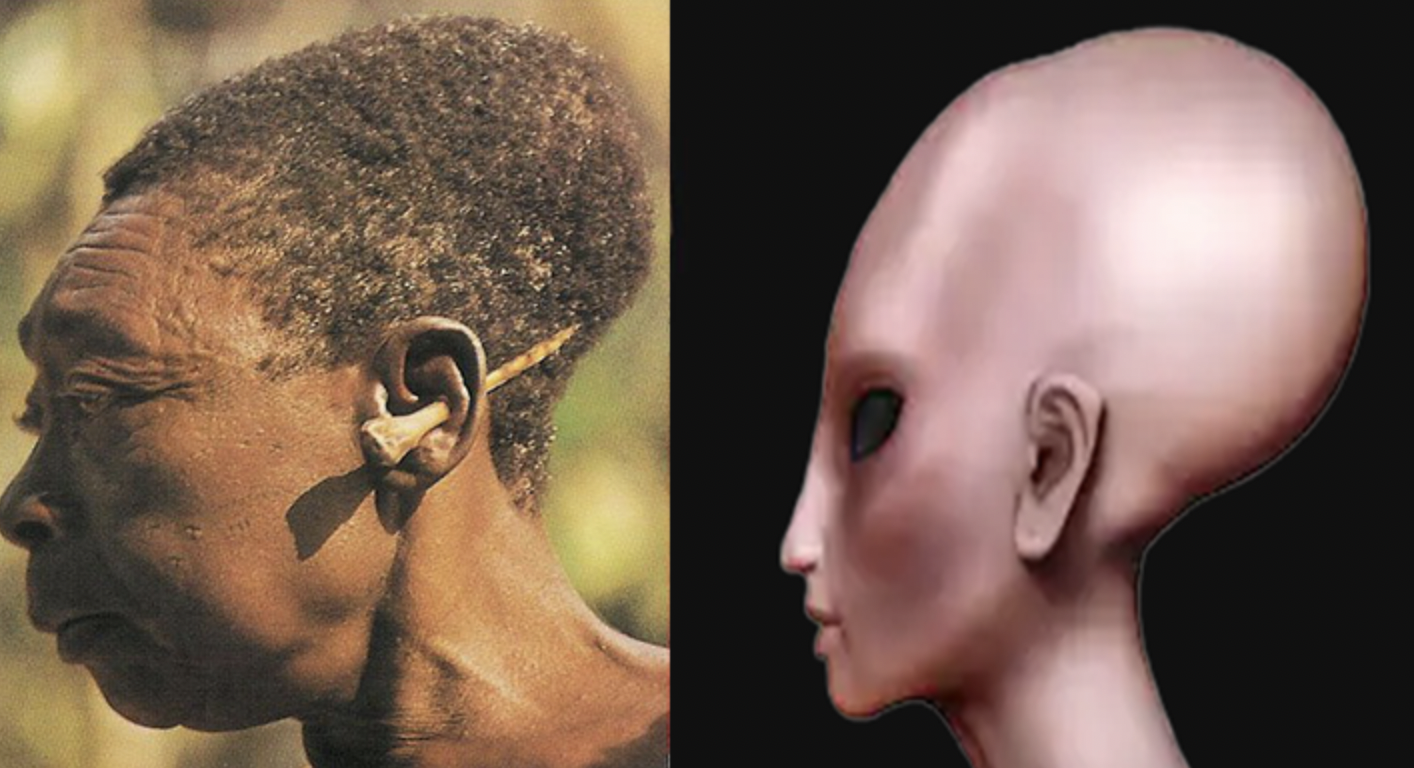Nestled within the rugged embrace of Romania’s Bucegi Mountains lies a tale so extraordinary it blurs the line between myth and reality: the legend of the Hall of Records. This subterranean chamber, shrouded in secrecy and whispered about in hushed tones, is said to hold secrets that could rewrite our understanding of human history, ancient civilizations, and perhaps even our cosmic origins. From alleged extraterrestrial technology to global tunnel networks and connections to ancient deities, the story of the Hall of Records is a captivating blend of mystery, conspiracy, and speculation. But what lies beneath the surface of this Romanian enigma? Let’s dive into the tale.

A Hidden Chamber Beneath the Sphinx
The story begins in 2003, when, according to the controversial book Transylvanian Sunrise by Radu Cinamar (a pseudonym) and Peter Moon, a secret chamber was discovered beneath the Bucegi Mountains using advanced U.S. ground-penetrating radar. Known as the Hall of Records, this dome-shaped chamber is described as a technological marvel, with glowing walls and holographic projections that depict Earth’s history in vivid detail. The chamber allegedly houses artifacts and manuscripts far beyond modern capabilities, possibly left by an advanced ancient civilization or extraterrestrial visitors.
The site’s location near the Romanian Sphinx—a natural rock formation resembling its Egyptian counterpart—adds to its mystique. The Sphinx and nearby Babele rock formations have long been steeped in local folklore, drawing tourists and fueling tales of mystical significance. But according to Cinamar, this is no mere natural wonder. The Hall is said to be part of a vast underground complex, connected by ancient tunnels stretching to distant lands like the Giza Plateau in Egypt, Tibet, and even Iraq, forming a global network of hidden knowledge repositories.
Extraterrestrial Technology and Ancient Deities
The most tantalizing claims about the Hall of Records involve its contents: advanced technology that defies explanation, including holographic devices and artifacts that suggest contact with extraterrestrial beings. Some proponents link the site to the Anunnaki, a group of deities from ancient Sumerian mythology. Theories suggest the chamber served as a refuge for Enki, a prominent Anunnaki figure, during a cataclysmic flood described in ancient texts. This connection imbues the site with profound antiquity, hinting at a repository of knowledge predating recorded history.
These claims tap into broader ancient astronaut theories, which propose that advanced beings visited Earth in antiquity, leaving behind technological marvels. The Bucegi Mountains, sacred to the ancient Dacians and possibly linked to their god Zalmoxis, provide fertile ground for such speculation. Yet, no physical evidence—photographs, artifacts, or official documents—has ever been made public to substantiate these extraordinary claims.
The Pentagon’s Interest and Global Intrigue
The narrative takes a modern twist with reports that in 2002-2003, the Hall of Records caught the attention of the Pentagon and Romania’s secretive “Department Zero,” a supposed intelligence unit tasked with paranormal investigations. The site was allegedly deemed so significant that it was placed under strict protection, with some claiming Romania’s rapid NATO accession in 2004 was tied to securing this discovery. Comparisons to a similar “anomaly” in Iraq further fuel conspiracy theories, suggesting a global race to control ancient or extraterrestrial knowledge.
However, these claims remain unverified. The Pentagon’s involvement, the existence of Department Zero, and the geopolitical implications are based solely on Cinamar’s books and fringe sources, with no corroboration from credible authorities. Skeptics argue that the story is a modern myth, amplified by Romania’s rich folklore and the allure of the Bucegi Mountains’ dramatic landscape.
Fact or Fiction?
The Hall of Records is a compelling tale, but it lacks tangible evidence. Mainstream archaeologists and geologists attribute the Romanian Sphinx and Babele formations to natural erosion, not alien or ancient craftsmanship. The absence of artifacts, official reports, or independent investigations casts doubt on the story’s veracity. The primary source, Transylvanian Sunrise, blends anecdotal accounts with speculative fiction, making it difficult to separate fact from embellishment.
The idea of a global tunnel network or a repository of ancient knowledge draws from older esoteric theories, such as those of Edgar Cayce, who spoke of a similar Hall of Records under the Egyptian Sphinx. While these ideas capture the imagination, they remain unproven, relegated to the realm of pseudoscience and conspiracy.
The Enduring Allure of the Unknown
Whether fact or fiction, the legend of the Hall of Records taps into humanity’s fascination with hidden truths and ancient mysteries. Could this subterranean chamber hold the key to understanding lost civilizations, extraterrestrial contact, or the origins of humanity? Without evidence, the question remains open, ensuring the Bucegi Mountains remain a potent symbol of the unknown.
For those intrigued, the Bucegi Mountains are accessible via hiking trails or cable car from Bușteni or Sinaia, offering stunning views and a chance to explore the Romanian Sphinx firsthand. But don’t expect to stumble upon a secret chamber—unless, of course, the conspiracy runs deeper than we know. Until then, the Hall of Records remains a testament to our enduring curiosity, a riddle buried deep within the Earth, waiting to be solved.





